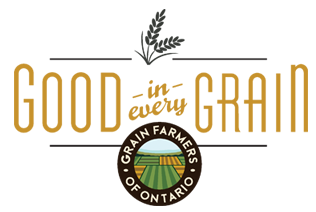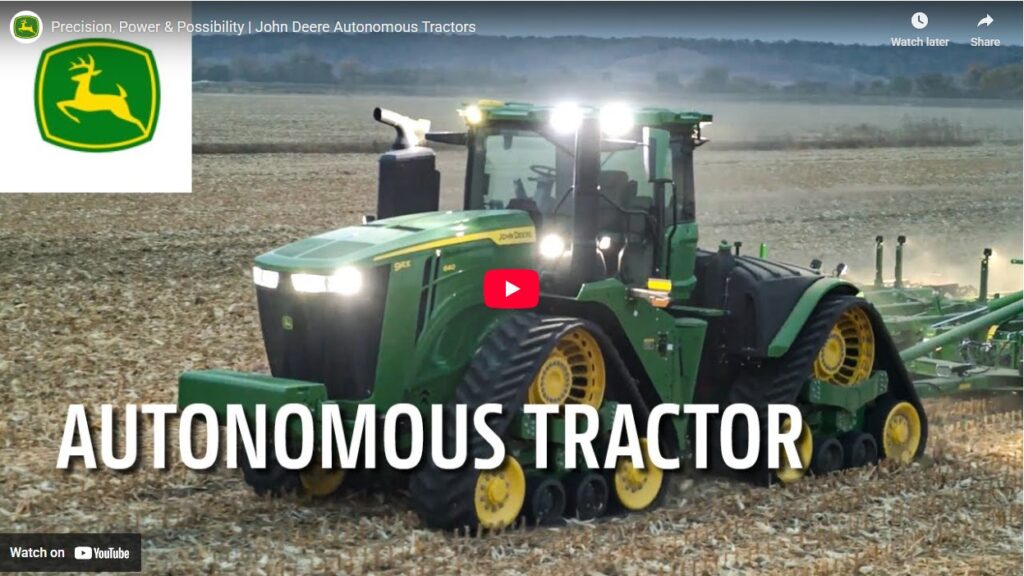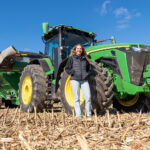Technology on the farm: robotic tractors

Did you know?
Some tractors are being tested that can almost drive themselves using GPS and sensors — but there’s still a farmer in control!
Fully autonomous tractors (with no one in the seat) are still in the research and testing stage, but farmers already use lots of high-tech tools to help make their work safer, faster, and more precise.
What are robotic tractors?
Robotic (or autonomous) tractors use GPS, sensors, and cameras to move around fields and do farm jobs like planting seeds, harvesting crops, and even gathering data from the fields.
Why would they be useful?
- Work around the clock – they can run day and night.
- Super accurate – they place seeds, water, and fertilizer in just the right spot. They save time and fuel.
- Solve labour challenges – they help farmers when there aren’t enough workers.
Would they replace farmers?
No. Farmers would still be in charge! Instead of driving a tractor, farmers would:
- Program and monitor the machines
- Analyze the data the tractors collect
- Check crops and soil health
Not all farms use robotic tractors, yet!
Most farmers already use technology every day — things like GPS-guided tractors, weather apps, and soil sensors — but fully autonomous tractors are still being tested and adopted slowly. Like any new technology, they’re a work in progress, and farmers are learning what works best for their fields, crops, and budgets.
Fun facts for students
- Some robotic tractors don’t have a steering wheel or seat!
- Farmers can control them from a tablet or computer.
- They come in all sizes — from lawnmower-sized to giant tractors.
Big picture
Robotic tractors are an example of how technology and farming go hand-in-hand. They help farmers protect the environment, save time, and grow food more sustainably.
Check out these videos!
Minds-on question options
- Innovation & technology:
How is a robotic tractor similar to or different from other self-driving machines you know about (like cars, vacuums, or drones)? - Problem-solving:
Farmers have to grow food for more people using fewer resources. How might robotic tractors help solve this problem? - Student connection:
Imagine you could design your own robot to help with a job at home or school. What would it do? - Future thinking:
If farmers use more robotic machines, what new jobs do you think farmers might have in the future?
What kind of jobs might be connected to farming that are not about agricultural now?
Connections:
- Coding: addressing real-world problems for farmers (lesson plan) – Good in Every Grain
- Self-driving cars? – Good in Every Grain





